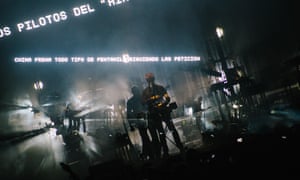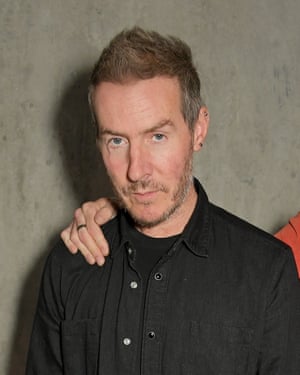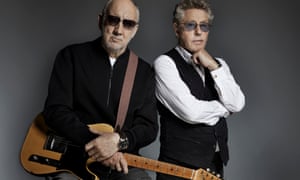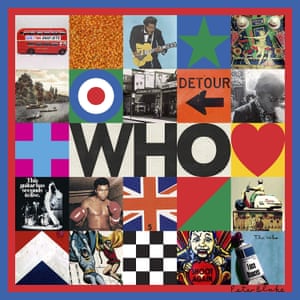Readers’ travel tips
Readers’ travel tipsBars, pubs and clubs
Celtic jams, Americana, jazz and post-punk all get the joint jumping at our tipsters’ favourite pub venues from the Highlands down to Cornwall
Thu 28 Nov 2019 06.45 ESTLast modified on Thu 28 Nov 2019 06.47 EST
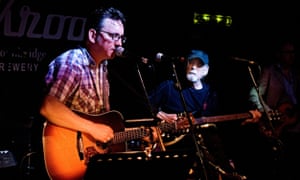
Winning tip: Greystones, Sheffield
The Backroom venue in the Greystones pub is such a small and intimate venue that the audience can converse with the musicians. Earlier this year we saw a Canadian folk duo Pharis and Romero who blew our socks off with their beautiful harmonies and banjo playing. We have also seen Wreckless Eric there and a singer-songwriter called Sarah Jarosz from Texas whose Americana and contemporary folk also blew us away. The added bonus is that Greystones is the flagship pub for a local brewery, Thornbridge, and so there is a wide range of delicious craft beers and ales to sup while enjoying the tunes.
• mygreystones.co.uk
Penny
Hare and Hounds, Birmingham

We were off to see the Bootleg Beatles. A number 50 bus from the city centre took us to the Hare and Hounds in trendy Kings Heath. On the wall is a plaque proclaiming that this was where UB40 played their first gig (9 February 1979). Downstairs a traditional, Victorian bar and a modern, minimalist bar serve craft beers and good choice of Purity IPAs. The atmosphere was friendly with an eclectic mix of punters, some there for the gig, others just to drink and chat. The music was in an upstairs room with another bar. The atmosphere was buzzing and the band superb. Gig tickets from about £7 – a small price to keep music live.
• On Facebook
Readers’ tips competition: send a tip for a chance to win a £200 voucher
Show
The Grayston Unity, Halifax
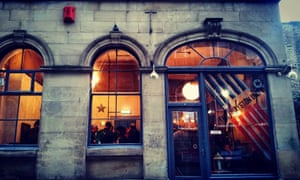
This tiny venue with a superb atmosphere is where excellent local indie band the Orielles launched their debut album, Silver Dollar Moment, in 2018. My personal highlight was seeing post-punk Manchester band the Blue Orchids with the brilliant Martin Bramah (ex-the Fall). Most gigs are free and you can listen to the likes of blues rocker Tom Hingley, indie covers band Zenit and others a matter of inches away, while supping on a pint of Chinook or a gentleman jack cocktail.
• thegraystonunity.co.uk
Steve
Claghaig Inn, Glencoe, Highlands
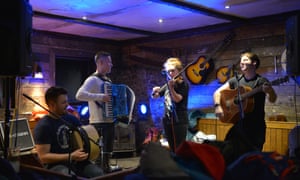
This wonderful pub is my favourite for live music. There’s a large selection of real ales and over 400 whiskies. The bands usually play Scottish folk music and the audience joins in with the best-known songs. Surrounded by mountains – the west face of Aonach Dubh looms over the pub – the place is unsurprisingly popular with walkers and climbers. There is hotel and self-catering accommodation, a campsite and youth hostel nearby. It’s my favourite pub in Scotland – once discovered, never forgotten.
• clachaig.com
Seona Stevenson
Duke of Cumberland, Whitstable, Kent
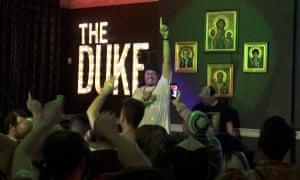
Advertisement
When I moved to Whitstable I was so pleased to come across “Dukes”, which showcases original music in lovely surroundings. The Grade II-listed venue’s walls are covered in art by artist Chris How. The Sugar Hill Gang, Lee Scratch Perry, Roy Ayres and Sticky Fingers are just some of acts to have played here. Sunday afternoon gigs are always free, but the quality of the musicians never seems to drop. There is a lovely garden and restaurant, and the venue attracts some famous faces from the music world – I once bumped into Pink Floyd’s Nick Mason here.
• dukeinwhitstable.co.uk
Craig Avery
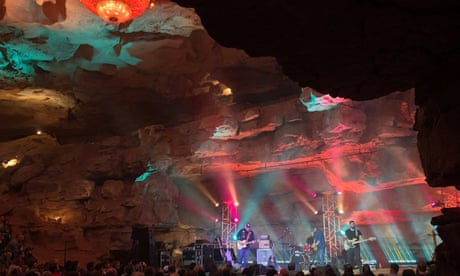
Blue Peter Inn, Polperro, Cornwall
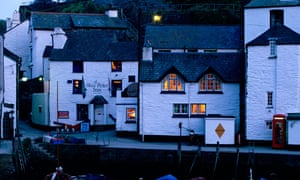
Last summer we stayed in Polperro for a month, kept there partly by the energising atmosphere of the music nights at the 16th-century Blue Peter Inn. Local singers belting out Cornish sea shanties and folk music, with the participation of the customers – often involving some friendly coercing – created an irresistible, feelgood vibe. Gigs – some planned, some impromptu, sparked the cosy pub into life, even spilling outside in front of the quay.
• thebluepeterinn.com
Nick
Charters, Peterborough

Just beyond the spires of Peterborough Cathedral, there’s an idyllic spot by the river alongside a bar on a moored Dutch barge named Charters. This venue has live bands throughout the year (outdoors in summer, on the barge now), with families, couples and hipsters young and old enjoying the music. The free gigs include covers bands and local bands such as Austin Gold blasting out their own infectious rhythms and tunes. The food is pretty decent too, with classic Thai and Indonesian dishes.
• charters-bar.com
Annie Carter
The Junction, south London

In a relatively unknown part of London, between Brixton and Camberwell, the Junction offers a wonderful array of live jazz, acoustic, latin and blues music every night of the week. During the jazz jams the musicians, always excellent, will usually be sitting in the pub among the crowd, only getting up for their turn, making it feel very spontaneous and friendly. The owners’ brilliantly eclectic jazz band plays on a Friday or you can pop down on other days to see musicians from across London. There is a lovely atmosphere, great tapas, board games on offer and it is dog-friendly. The pub is two minutes’ walk from Loughborough Junction station and there is no entry free.
thejunction.london
Emily
Chums, Bristol

Chums is a tiny, blink-and-you’ll-miss-it neighbourhood boozer bursting at the seams with character. The windows steam up, the locals stream in, and you can expect to have a thoroughly lovely evening. Couple this with Chums’ regular live folk, gypsy and bluegrass musicians and you’re onto a winner. Best of all is Ponchartrain – a gorgeously ramshackle seven-piece band playing Americana meets Hillbilly meets honky tonk meets blues. Chums, don’t ever change.
• On Facebook
Alice Howells
The Lismore, Glasgow
Every Monday at the Lismore, a folk band slowly assembles itself through the evening. You might start with a fiddle, an accordion and acoustic guitar – but by the end of the night a multitude of musicians will have assembled and be in full flow. It feels profoundly Scottish to be sipping a pint of Tennent’s lager at such a beautiful little local pub and listening to traditional music. The dark wood interior, many nooks and crannies and stained glass windows help create a traditional atmosphere but attract a really mixed crowd. As a bonus, each urinal is dedicated to one of the perpetrators of the Highland Clearances so the men, at least, can pee with pride.
• On Facebook
Thomas
Looking for a holiday with a difference? Browse Guardian Holidays to see a range of fantastic trips
